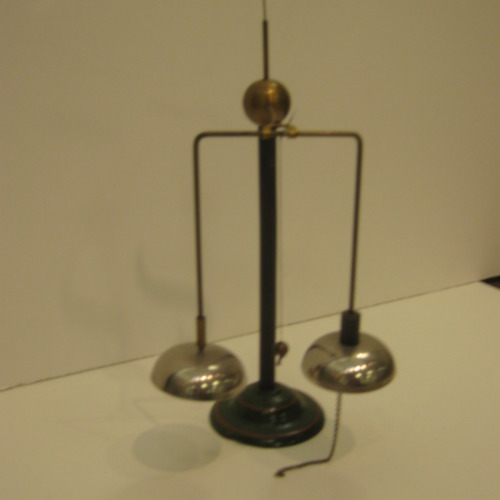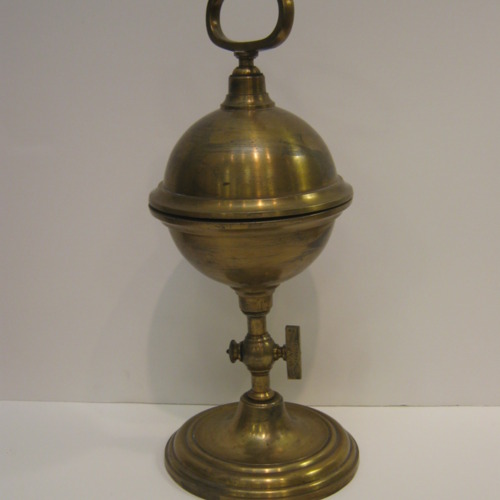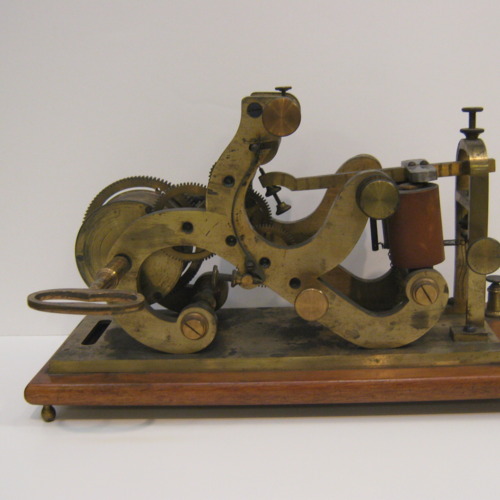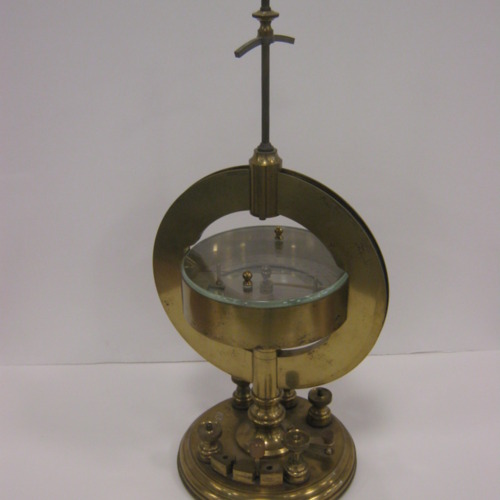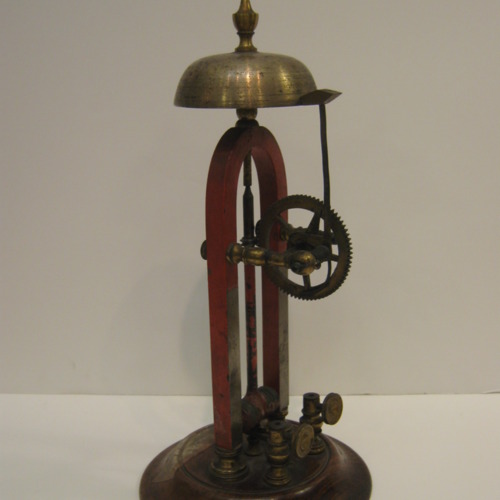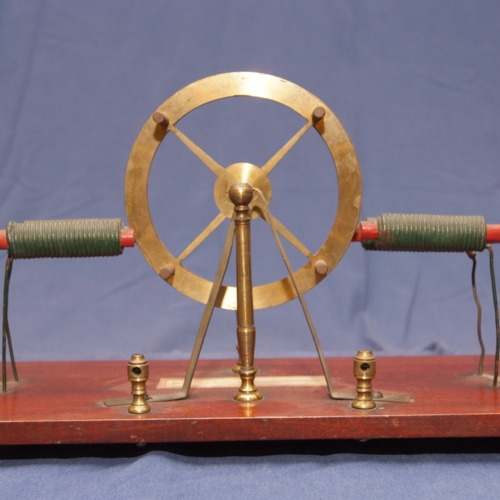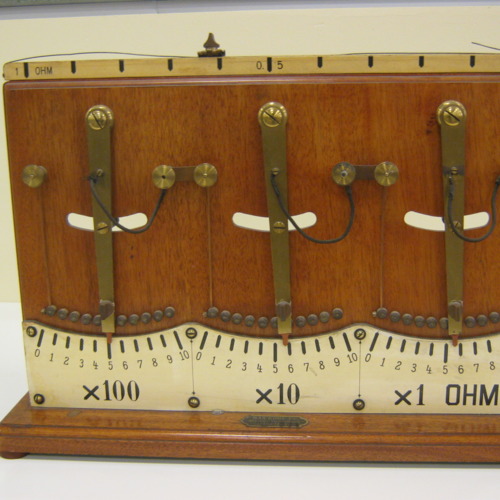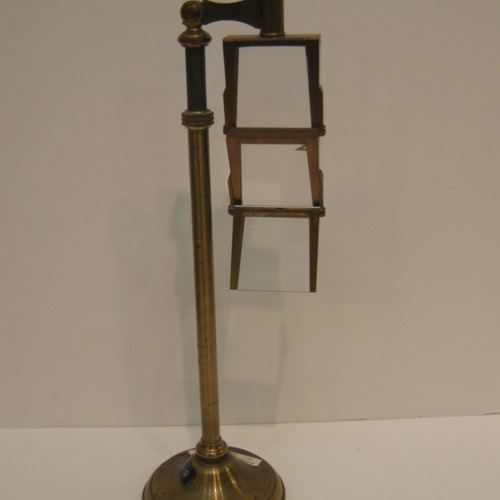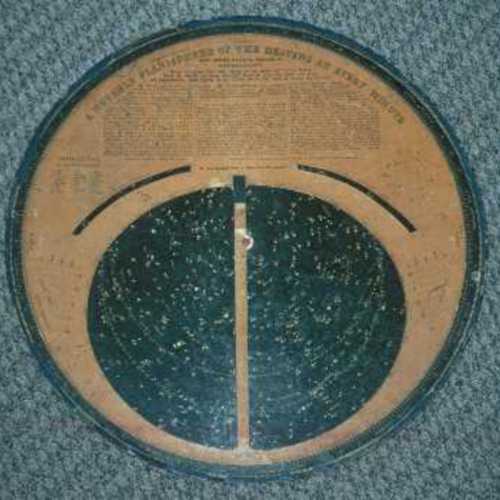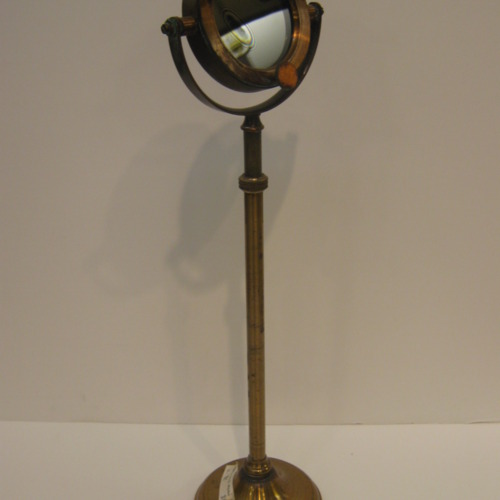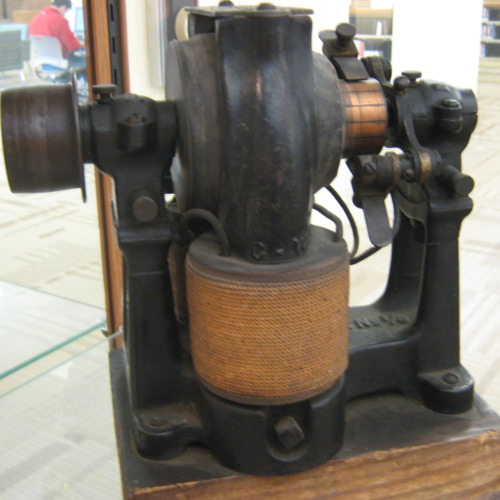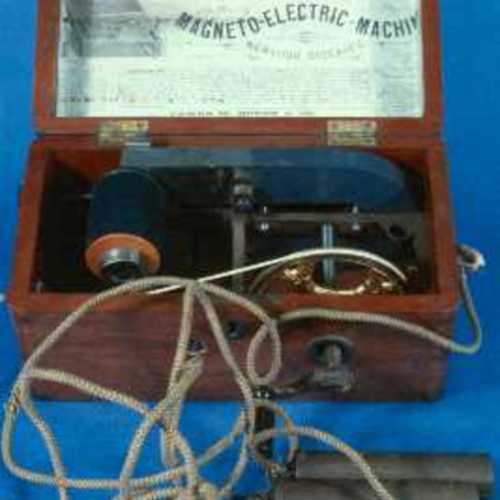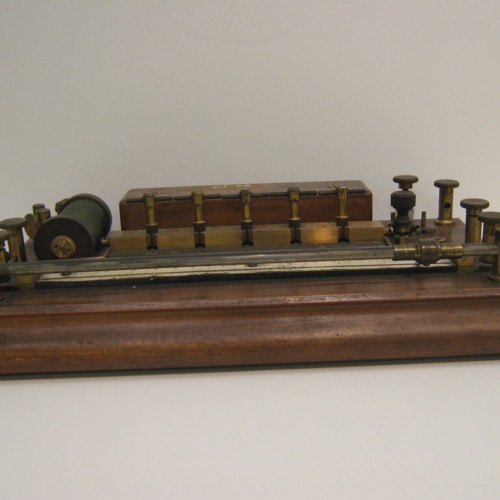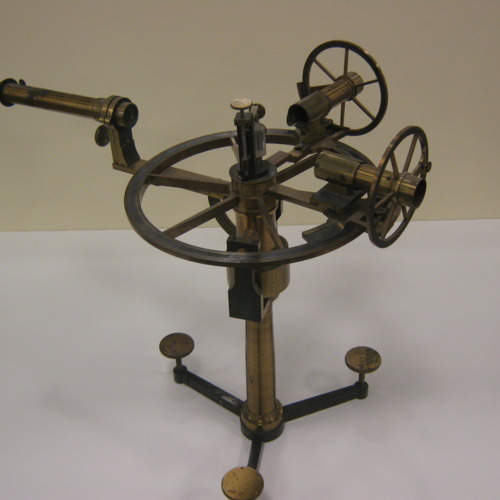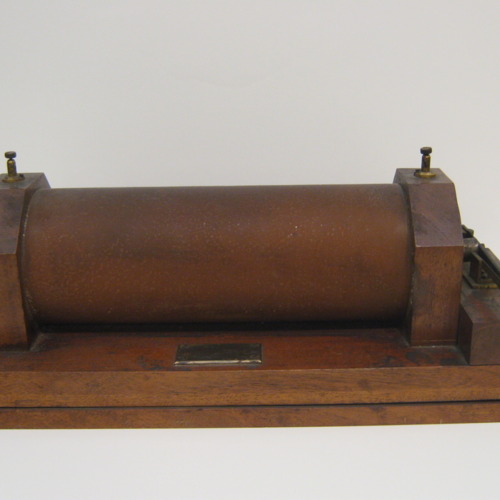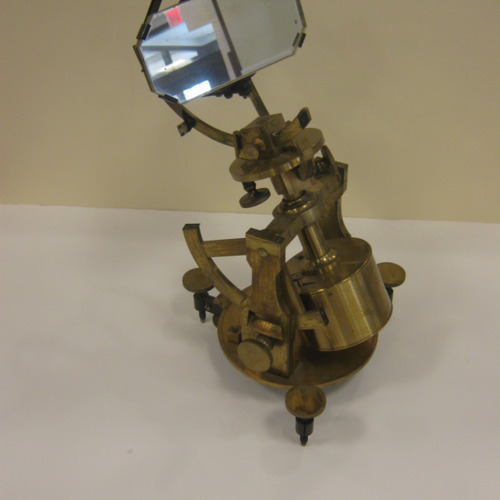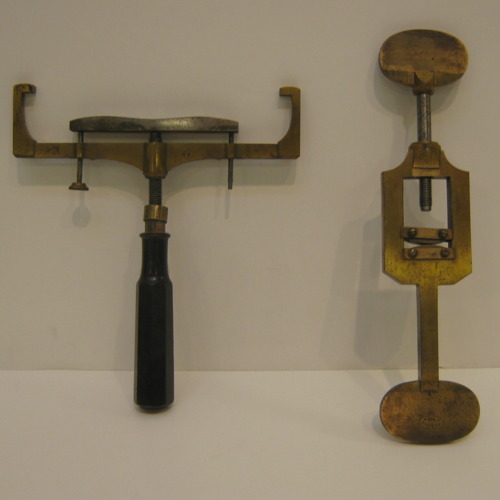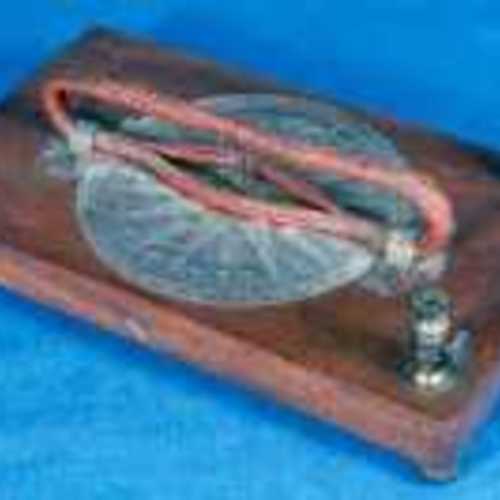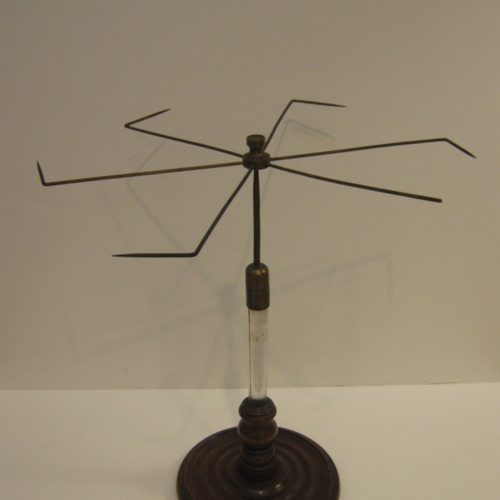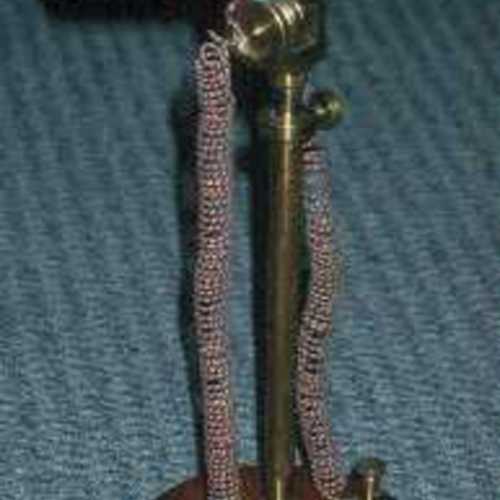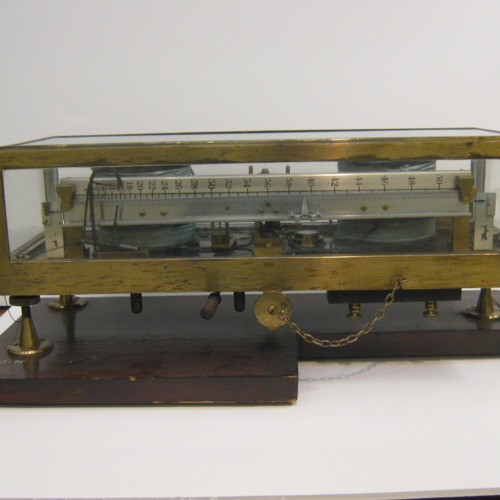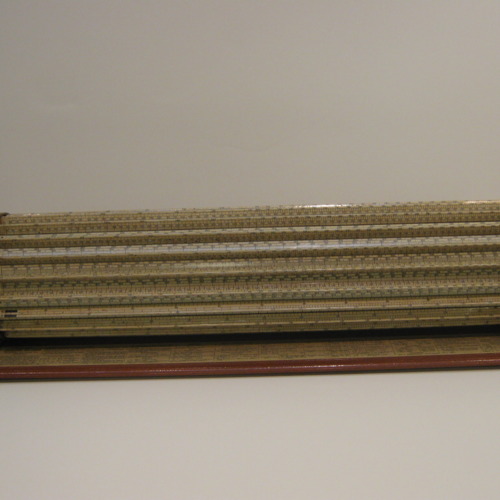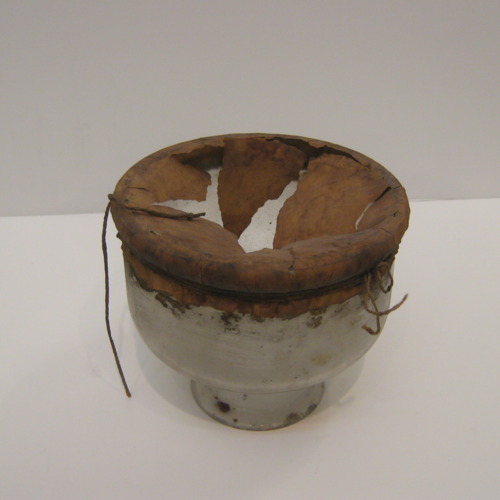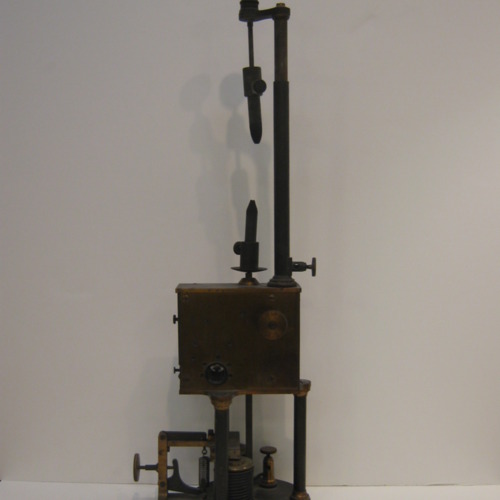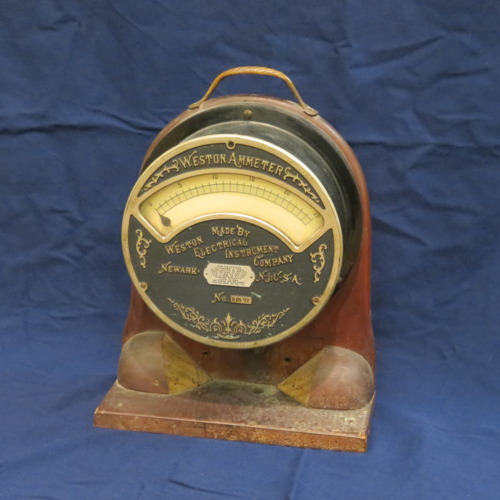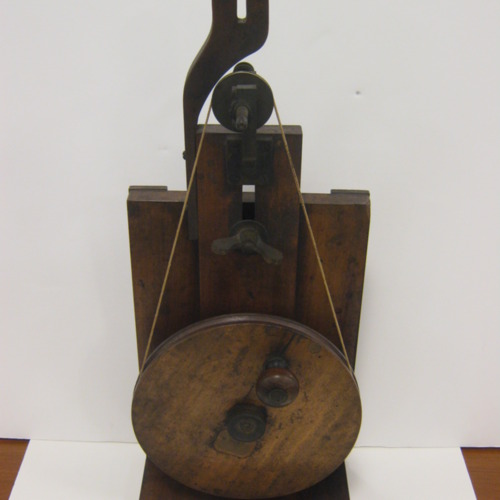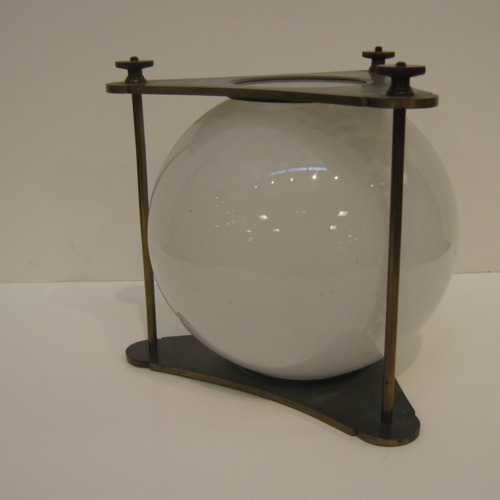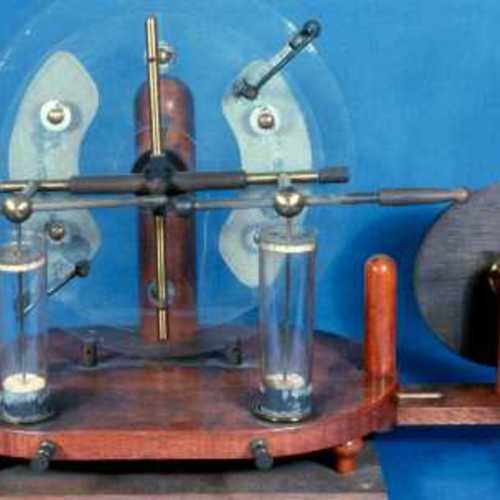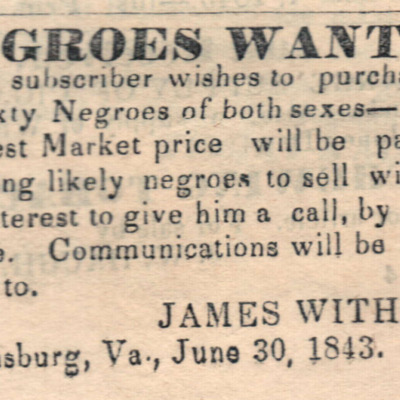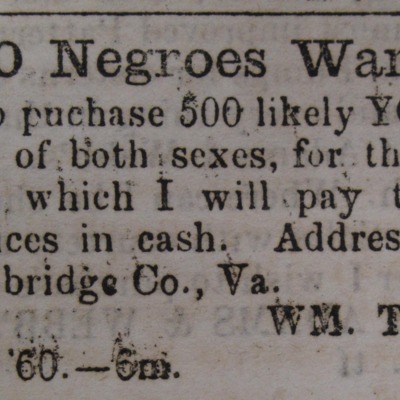Browse Items (356 total)
Electric Whirl and Chime combination
Tags: Static Electricity
Magdeburg Hemispheres
Tags: pneumatics
Telegraph
Tags: Electricity
Tangent Galvanometer
Tags: Electrical Measurements
Revolving Bell Engine
Tags: Magnetics
Froment Motor, or Revolving Armature Engine
Tags: Electric Motors
Decade Box, or Variable Resistance
Tags: Electrical Measurements
Achromatic Prism
Tags: Optics
Movable Planispheres of the Heavens at Every Minute
Tags: Astronomy
Newton's Rings
Tags: Optics
Electric Motor
Tags: Electric Motors, Electricity
Medical Coil
Tags: Electricity
Kohlrausch Bridge
Tags: Electrical Measurements
Jamin's Divided Circle
Tags: Polarized Light
The Ruhmkorff Coil, or Induction Coil
Tags: Electricity
Heliostat
Tags: Optics
Glass Presses
Tags: Polarized Light
Galvanoscope
Tags: Electrical Measurements
Electric Whirl
Tags: Static Electricity
Differential Thermopile
Tags: Heat
Current Balance
Tags: Electrical Measurements
Thacher's Calculating Device
Tags: Calculating Devices
Bladder Glass
Tags: pneumatics
Arc Light Control
Tags: Electricity
Ammeter
Tags: Electrical Measurements
Rotator
Tags: mechanics
Absorption Cell
Tags: Optics
Voss Machine
Tags: Static Electricity
